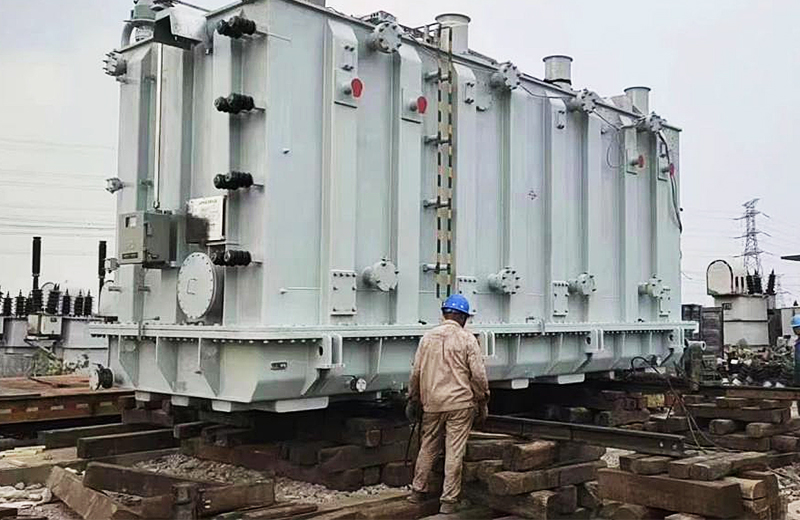- E-mail: admin@yaweitransformer.cn
- Tel: +86-18862719076
1. Impulse current of type R transformer
When the transformer secondary opens the circuit and the primary adds the rated voltage at the moment, the primary current has an instantaneous impact process, which is called impact current. The impulse current duration is very short, in the usual 50Hz conditions, this current will last 1/4~1/2 cycle, that is, 5ms~10ms, and then enter a stable state.
Ten times the rated current within a few milliseconds will not cause damage to insulation and windings.
The unique impact current of type R transformer is relatively large, and there are the following ways to reduce the impact current:
(1) The magnetic flux density of the core Bm can be reduced, and the number of turns of the primary winding w can be increased, so that the transformer can reduce the saturation degree of the core when the no-load closing is done, thus reducing the impulse current, but the premise is that the power of the transformer is sacrificed.
(2) R-type transformers with large power can use the winding method of primary resistance winding in the outer layer and secondary winding around the inner layer to reduce the impulse current.
2. Protection of type R transformer
Transformer protection, overcurrent protection can be divided into short circuit protection and overload protection, the fuse can only play a short circuit protection role, for the impact of the problem, the transformer primary fuse can be used to delay the fuse, or its rated current to the rated current of the transformer 3 to 3.5 times.
